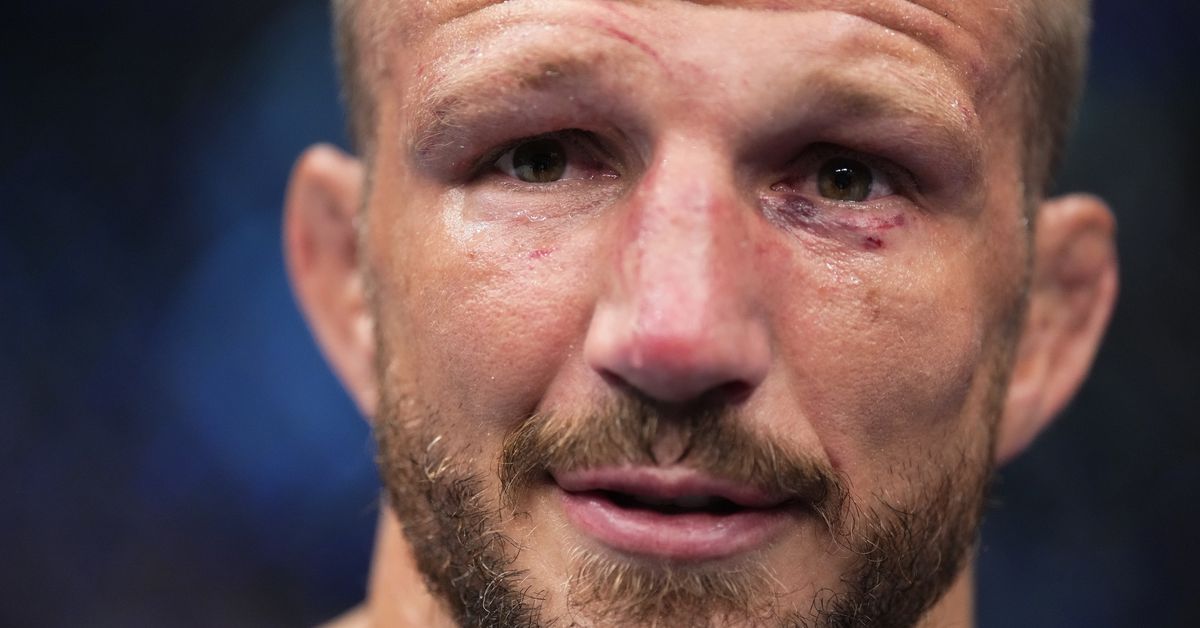[ad_1]
- Nagraj Gollapudi
- Osman Samiuddin
Close
 Senior editor, ESPNcricinfo
Senior editor, ESPNcricinfo
- Osman spent the first half of his life pretending he discovered reverse swing with a tennis ball half-covered with electrical tape. The second half of his life was spent trying, and failing, to find spiritual fulfillment in the world of Pakistani advertising and marketing. The third half of his life will be devoted to convincing people that he did discover reverse swing. And occasionally writing about cricket. And learning mathematics.
The potential presence of nine overseas players per team in the UAE-based ILT20 has ruffled the feathers of several Full Members, who fear it has the potential to disrupt global cricket’s ecosystem.
Their concerns were raised at the recent ICC AGM in Birmingham, but have acquired urgency since it became clear the amount of money that was on offer for foreign players in the league, and its direct clash with leagues in South Africa, Australia and Bangladesh and the bilateral international cricket calendar.
The ICC, which provided official sanction to the league, says the ILT20 fulfilled all criteria to gain that sanction and that there is no “hard cap” on the number of foreign players in a side within the existing regulations.
The issue was the subject of a long discussion at the chief executives’ committee (CEC) meeting in Birmingham, during the ICC AGM in the last week of July. It was on the agenda, prompted by a letter the PCB had written about the proliferation of T20 leagues and the impact on the international calendar.
That turned into a more specific discussion around the impact of a league made up mostly of foreign players, such as the ILT20 intends to be. Several officials present at the meeting confirmed that Cricket South Africa (CSA), CA, the ECB and CWI joined in to express their concerns. CWI, heavily impacted by the presence of West Indian players in leagues across the world for a number of years now, has been ringing the alarms on this for a long time now.
“[The view of these boards] is that there should be some regulation or guidelines regarding a minimum number of local players that must be in each team and play in each match,” one board CEO told ESPNcricinfo.
On hand at the CEC to speak to those concerns was Mubashir Usmani, general secretary at the Emirates Cricket Board, and the league’s operational front man. Usmani is a CEC member as a representative for Associates. According to one account, he turned the question about the number of overseas players on its head asking why four overseas players – and not one or two – had become a norm among most leagues in the first place, arguing it was an arbitrary number.
Usmani is also believed to have ensured that unlike other Full Member leagues, the ILT20 would play all centrally-contracted UAE cricketers in its franchises. To questions about the lack of focus on local development implied by a league that is privately-owned and populated largely by foreign players, Usmani is said to have made the point that all T20 leagues are created primarily for commercial reasons. ESPNcricinfo contacted Usmani to verify the account, but he did not respond. Those present at the CEC, however, confirmed the nature of the discussions.
The ILT20 is not owned by the Emirates Cricket Board but sanctioned by them; it is owned in a private capacity by Khalid Al Zarooni, the Emirates board’s vice-chairman. Al Zarooni is also a director of the Al Zarooni Group of Companies, one of the largest construction companies in Dubai.
An ILT20 official told ESPNcricinfo that despite this, the league plans to pump money back into UAE cricket, through development programmes for men’s and women’s cricket. There are plans for those franchises owned by IPL owners to bring IPL coaches in for these programmes and talent hunts.
Three of the league’s six franchises are owned by IPL owners – Mumbai Indians, Delhi Capitals and Kolkata Knight Riders – and one by the Glazers of Manchester United. Each team has an 18-member squad in which up to 12 can be from overseas. At least three must be UAE players, two from other Associates and one Under-23 UAE player. Each playing XI can have a maximum of nine overseas players with at least one UAE and one other Associate player.
Franchises are offering top players up to US$ 450,000 a season, making it the second-most lucrative league after the IPL. And though there were initial plans to recruit players through a hybrid auction and draft – the AUDRA – process, the bulk are now being acquired directly. Franchises can negotiate terms directly with up to six overseas players though that may increase to between eight and 10 in the next few days, such is the rush to sign up players.
The money on offer has forced leading players to seriously consider the offer which has, in turn, caused headaches for members who are concerned at the potential flight of their elite talent. That situation has been crystallised by the David Warner situation but is impacting other boards as well – not least because the first edition is scheduled between January 6 and February 12 next year which means it clashes directly with the CSA league as well as the second half of the BBL.
Because of the discontent, focus has fallen on the official approval of the league. As it is being organised in an Associate member country, it falls to the ICC to give it final approval – rather than a Full Member board (were a league to be played there). That approval came not long before the ICC AGM.
Geoff Allardice, the ICC’s chief executive officer told ESPNcricinfo that the league had “complied” with all the necessary regulations and fulfilled all criteria.
“We get sanctioning requests from members of the ICC,” Allardice said. “If a board wants to work with an organisation that promotes the league or to private team owners, then that’s the structure, and that’s the structure which they choose to operate. That’s not unusual.
“We assessed it under the regulations. We sent it to our departments for feedback. They were satisfied that the application complied with the regulations. And we sanctioned it.”
There is no “hard cap” on the number of overseas players in the regulations as they stand. In the April ICC meetings, amendments to the regulations were approved, which now required ICC sanctioning of an event in the territory of an Associate Member in addition to the member board sanctioning, and which involve more than four current or former players from Full Members (the previous regulations required sanctioning only if squads included four or more current Full Member players or Associate Member with ODI status players).
“The league (ILT20) complies with the ICC’s regulations as they stand at the moment,” Allardice said. “The ICC only has any sanctioning authority over Associate member leagues. In our regulations there’s no cap on the number of foreign players that can be used. They have got opportunities in the playing XI for local UAE eligible players, they have got extra contracted spots in the squads for UAE eligible players, and they have got in their squads positions for players from Associate member countries as well.”
With additional inputs from Firdose Moonda
[ad_2]




